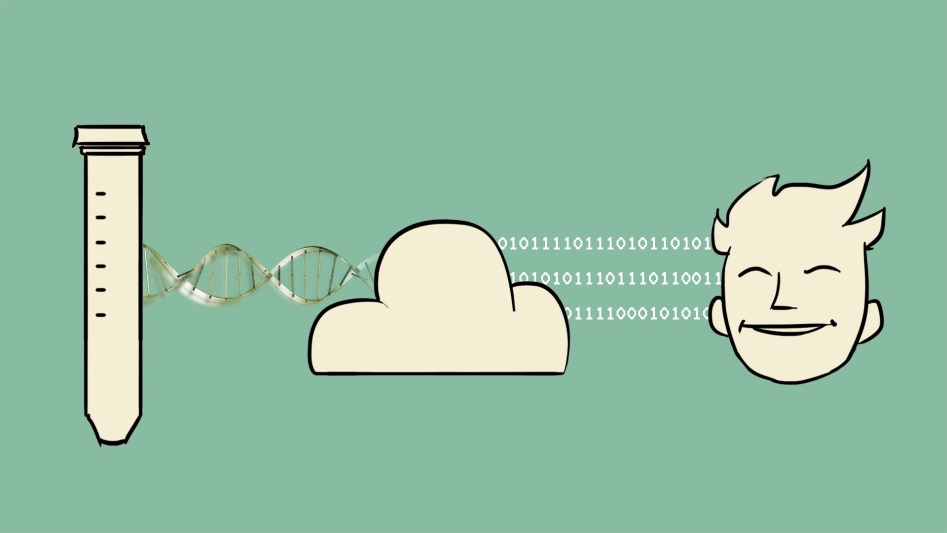I am looking for information as
Researcher

Industry

Patient

Likelihood not always informative when making sense of genetic risk
The likelihood of disease is not always informative to research participants. The numeric sense of genetic risk does not always correspond to their understanding of risk information. Instead, research participants tend to understand genetic risk as a binary concept: you either are at risk, or you are not.
According to a paper in Patient Education and Counseling, understanding genetic risk information as a binary concept does not necessarily imply a misunderstanding of, or an irrational approach to, genetic risk. Rather, the binary way of thinking may be a strategy that enables people to cope with emotionally daunting information.
Jennifer Viberg Johansson, one of the authors, describes how research participants share a strong tendency to translate risk information provided to them not only into binary terms, but into more personal terms of their past, present and future life. Since the participants make sense of risk in the midst of their lives, the temporal aspect of their risk assessment is not surprising.
Binary thinking may help patients make sense of complex information, enabling them to make important decisions about their future. The authors suggest tailoring the discussion of genetic risk to participants’ own understanding, to optimize the communication between participants and counselors and to help research participants make difficult decisions about their lives.
Read the full article:
- Viberg, J., Segerdahl, P., Hösterey Ugander, U., Hansson, M., Langenskiöld, S. (2017). Making sense of genetic risk: A qualitative focus-group study of healthy participants in genomic research. Patient Education and Counseling





